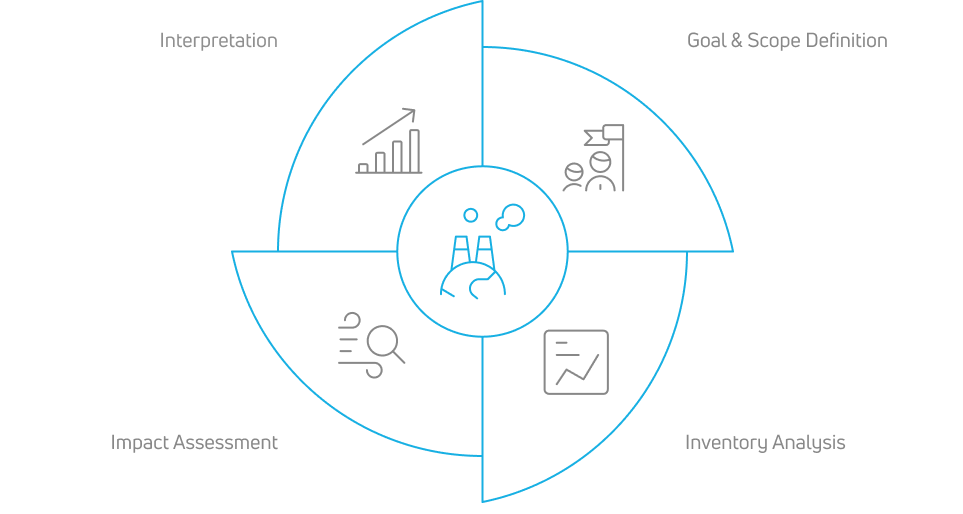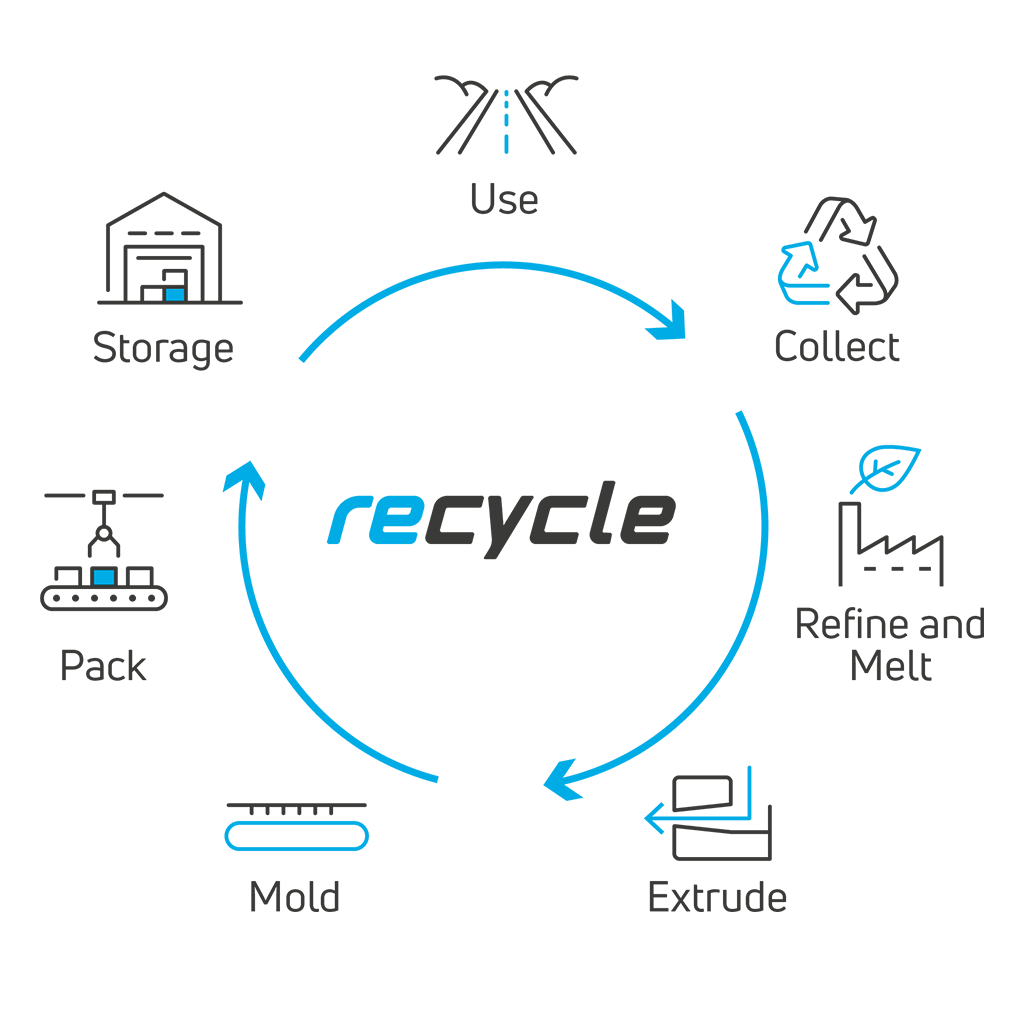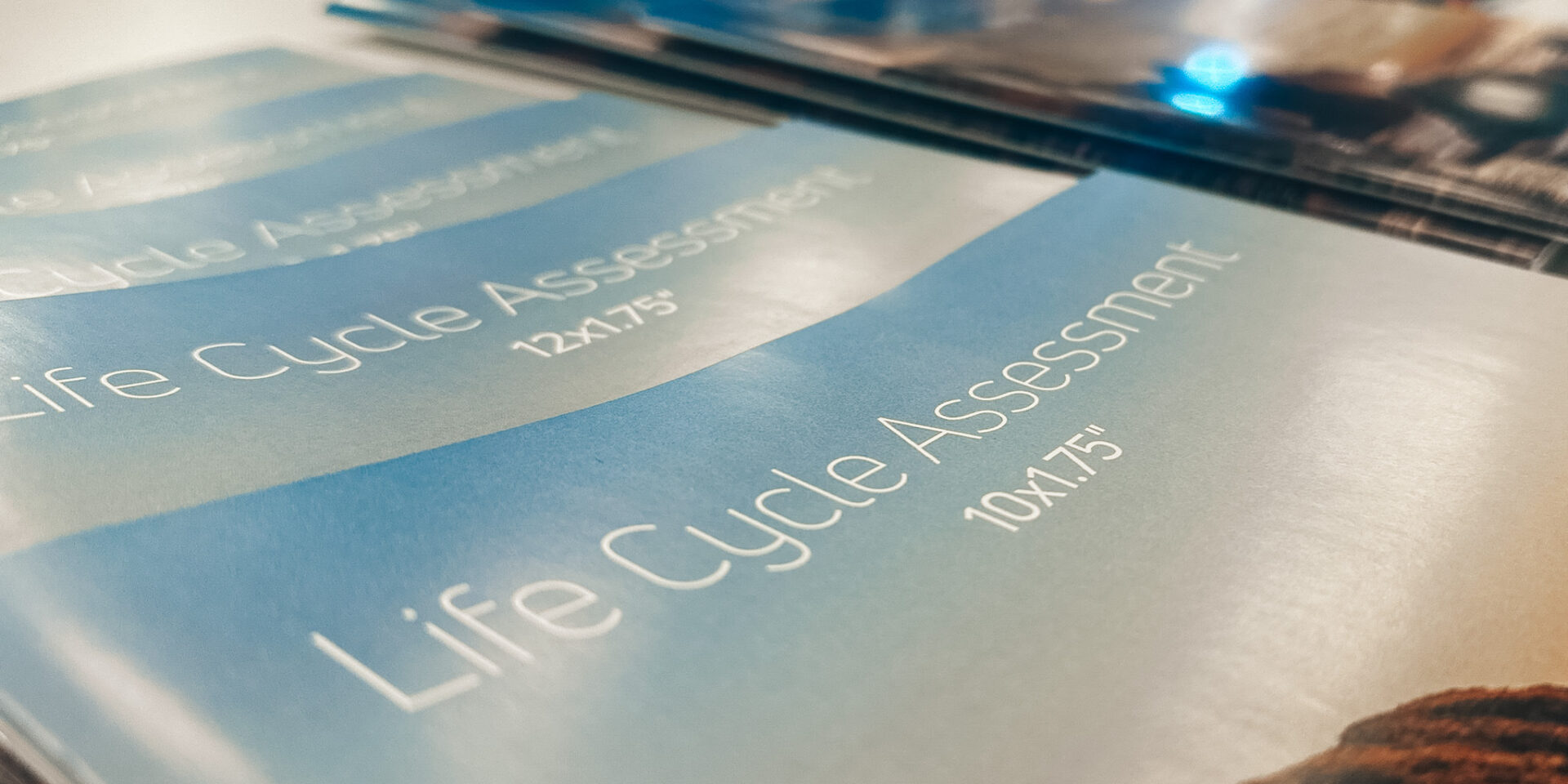In today’s eco-conscious landscape, businesses are increasingly turning to Life Cycle Assessments (LCAs) to understand their products’ environmental impact. Whether it’s analysing the entire lifecycle of a product or focusing on specific stages, LCAs provide essential data for making sustainable decisions.
What is a Life Cycle Assessment?
Life Cycle Assessments quantify and provide essential insights into the environmental impacts of a product, service, or process across its lifecycle, similar to how understanding and reporting on Scope 1, 2, and 3 emissions does for operational activities.
The LCAs cover energy usage, emissions, resource depletion, and waste generated at each stage. The analysis often involves four key stages: goal and scope definition, inventory analysis, impact assessment, and interpretation.
- Goal and Scope Definition:
Establishes the system boundaries and what environmental concerns to address, such as carbon emissions or water usage. - Inventory Analysis:
Collects data on inputs (raw materials, energy) and outputs (waste, emissions) for each life cycle stage. - Impact Assessment:
Converts raw data into environmental impact results — typically global warming potential, resource depletion, or pollution. - Interpretation:
Concludes and identifies improvement areas based on the findings.

Ultimately, an LCA is interested in what we take from the environment in terms of raw materials and energy, and what impact the product has during its use, as well as at the end of its life. The disposal, recycling, or reuse of a product often carries significant environmental consequences, and understanding these impacts is crucial for designing sustainable, circular products that minimise waste and reduce ecological burdens. However, not all LCAs include the end-of-life phase, so understanding the different methodologies is essential — and this is what this article aims to clarify.
Data Collection: What is Credible?
For an LCA to be credible, data must be accurate, comprehensive, and representative. Data is usually collected through various sources: direct measurements from the production process, databases, scientific studies, or supplier data. Tools like the Ecoinvent1 database and GaBi software2 provide standardised, peer-reviewed datasets, ensuring consistent and comparable results. Following ISO 14040 standards3 is also crucial to ensure transparency and accuracy in handling LCA data.
The Types of LCAs Explained
While the basic methodology remains the same, LCAs can be divided into several types, depending on the system boundaries and objectives. Different LCA types offer various perspectives on environmental impact, depending on the lifecycle stages they cover.
1. Cradle-to-Grave
This is the most common form of LCA, assessing the environmental impact from raw material extraction (the cradle) to product disposal (the grave). This approach reveals the complete environmental cost but may not adequately address the benefits of recycling or reusing materials.
2. Cradle-to-Gate
Here, the assessment focuses only on the stages from raw material extraction up to the product’s completion and shipping – e.g. when the product leaves the manufacturer’s gate. It excludes product use and disposal, making it particularly useful for manufacturers who want to optimise production processes and improve manufacturing sustainability.

3. Cradle-to-Cradle (C2C)
Taking sustainability one step further, Cradle-to-Cradle LCAs adopt a circular approach that evaluates the product’s lifecycle with the aim of keeping materials in circulation. Instead of ending at disposal, the cycle continues through reuse, remanufacturing, or recycling.
The C2C approach envisions a product lifecycle where waste is designed out, and products are either reused or recycled indefinitely.
This circular approach represents a paradigm shift in how products are designed and evaluated, emphasising the potential for a waste-free economy. It’s the gold standard for businesses pursuing a circular economy.

4. Gate-to-Gate & Well-to-Wheel
Gate-to-Gate LCAs assess a specific segment of a product’s lifecycle, often between two processes within manufacturing. Well-to-Wheel is another focused type of LCA used primarily in the automotive industry, examining the environmental impact of fuel production and use. It’s a specialised type of LCA, focusing mainly on energy and emissions in fuel generation and consumption.
Why it matters
LCAs are powerful tools for businesses aiming to enhance their sustainability efforts. Whether adopting a Cradle-to-Grave, Cradle-to-Cradle, or another approach, understanding the environmental impact at each stage of a product’s life allows for more informed, eco-conscious decisions. By aligning LCA data with circular economy principles, companies can reduce waste, improve efficiency, and move towards a more sustainable future.
As a supplier offering Life Cycle Assessments (LCAs), reTyre provides valuable environmental data that helps bike and stroller brands understand the total impact of their products. Our LCAs support partners in making informed decisions about sustainable materials, reducing emissions, and enhancing circularity. This transparency strengthens brand credibility, aligning with customer expectations for eco-friendly products. By collaborating with us, brands can also track progress on Scope 1, 2, and 3 emissions4.
Links:


